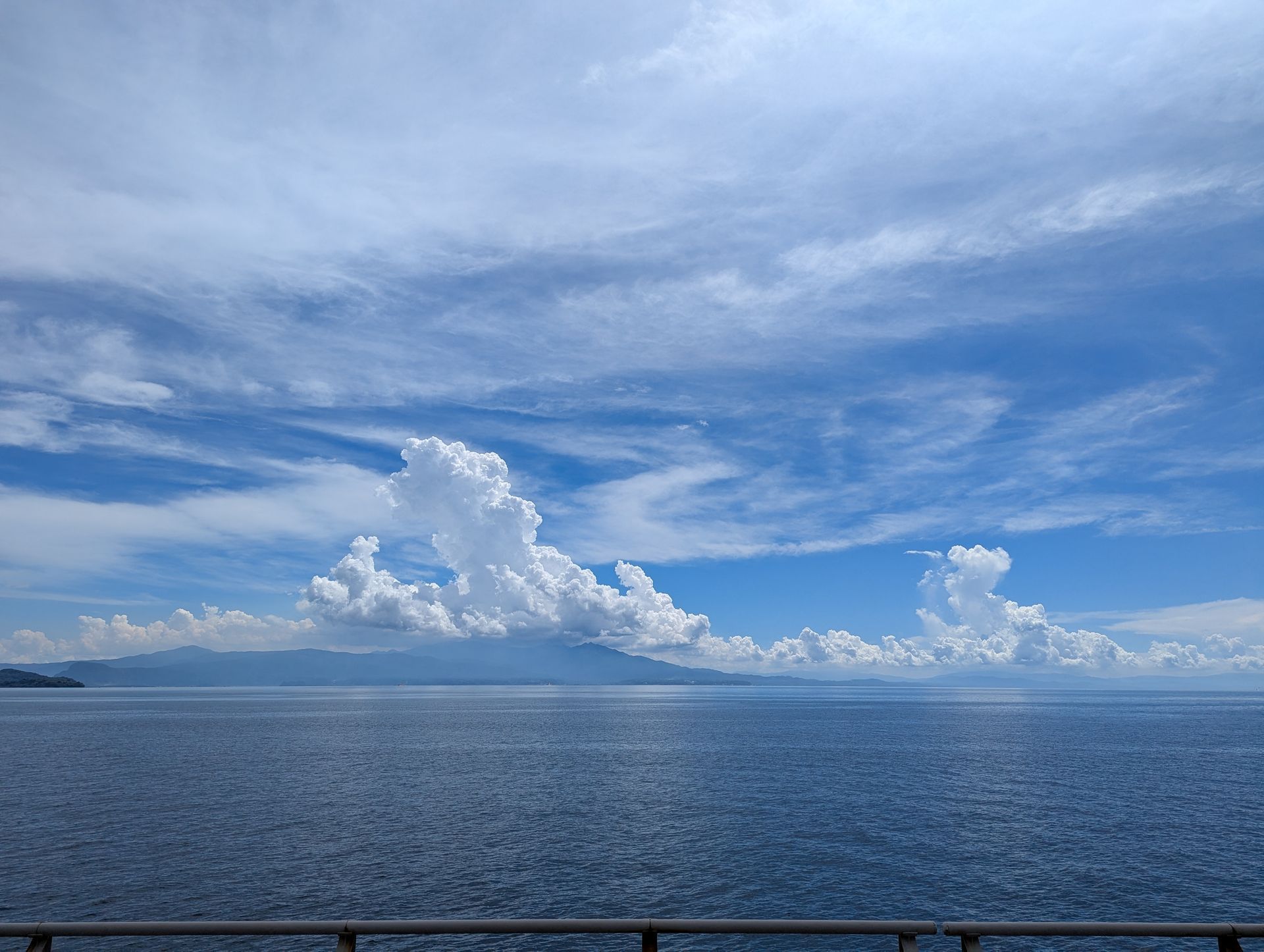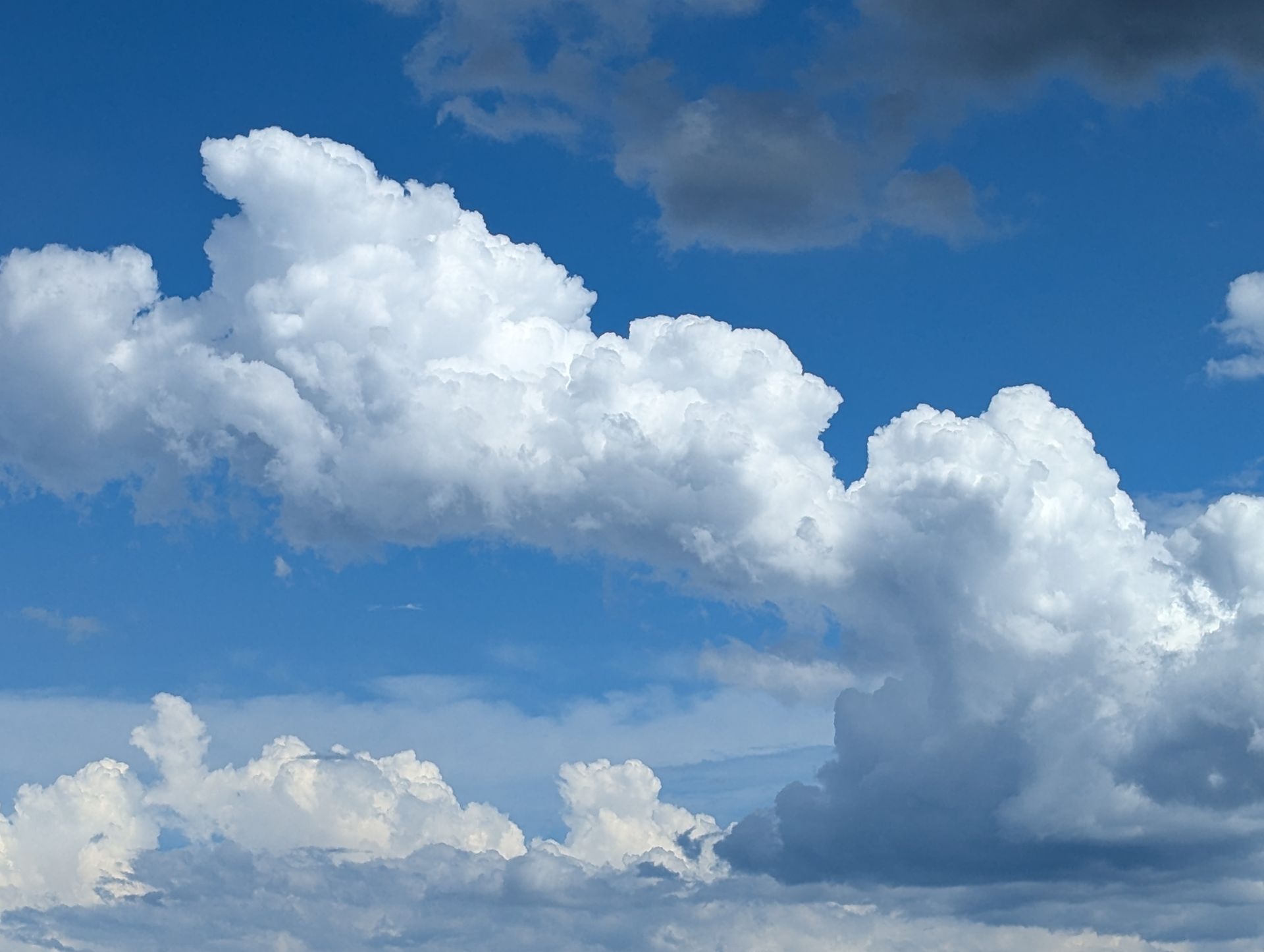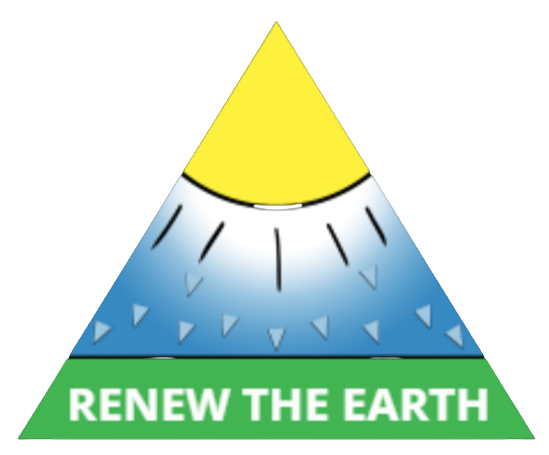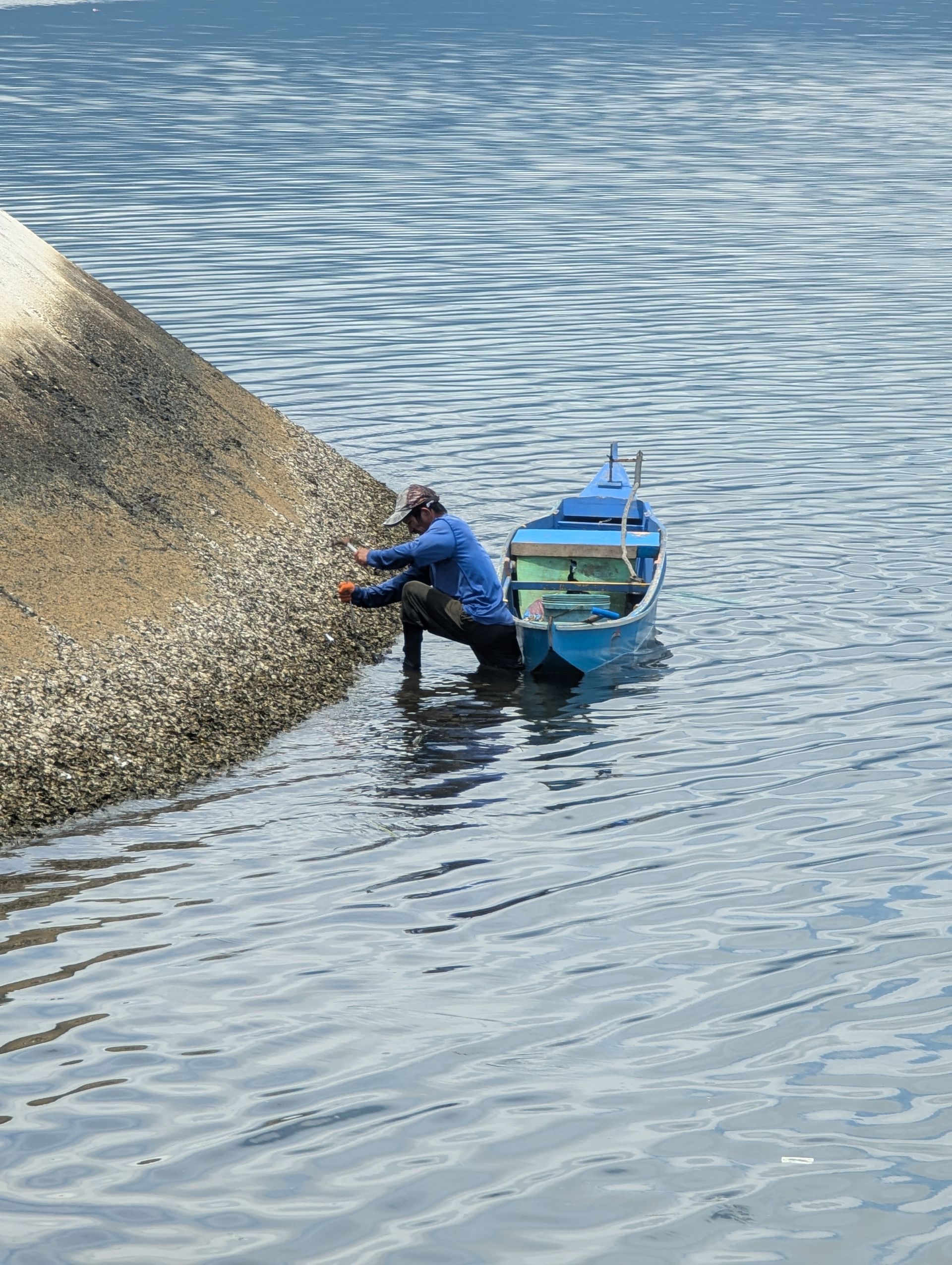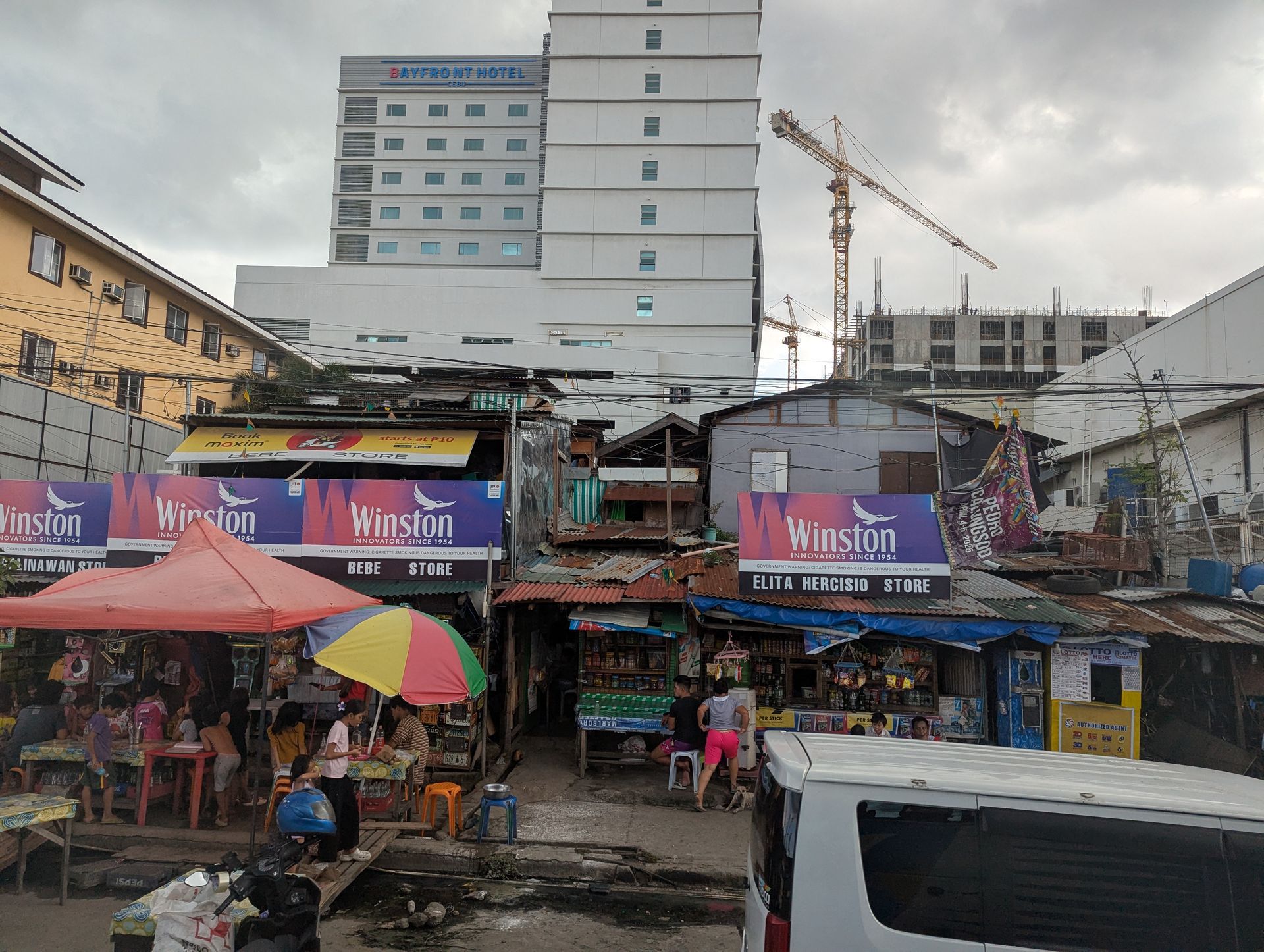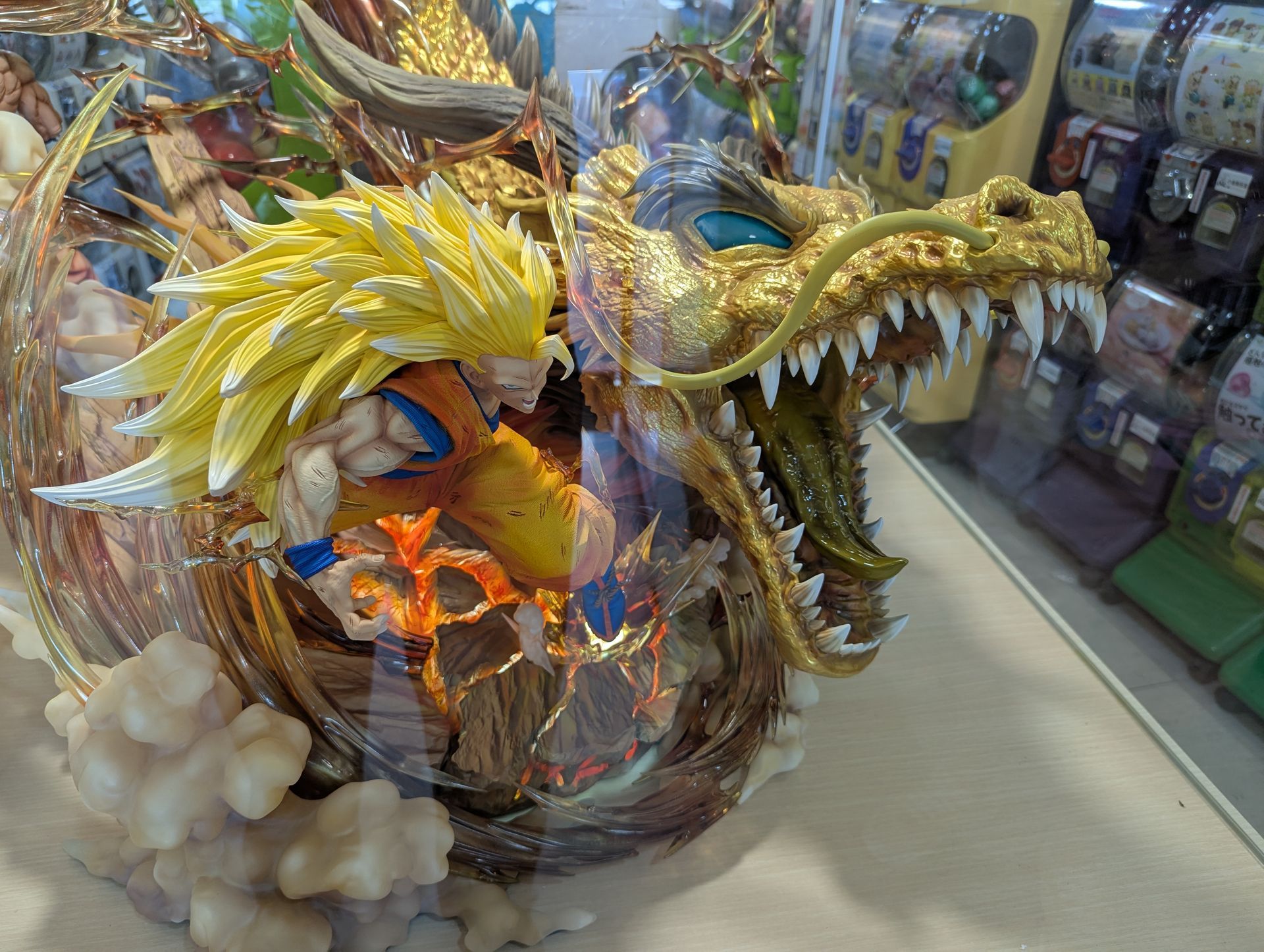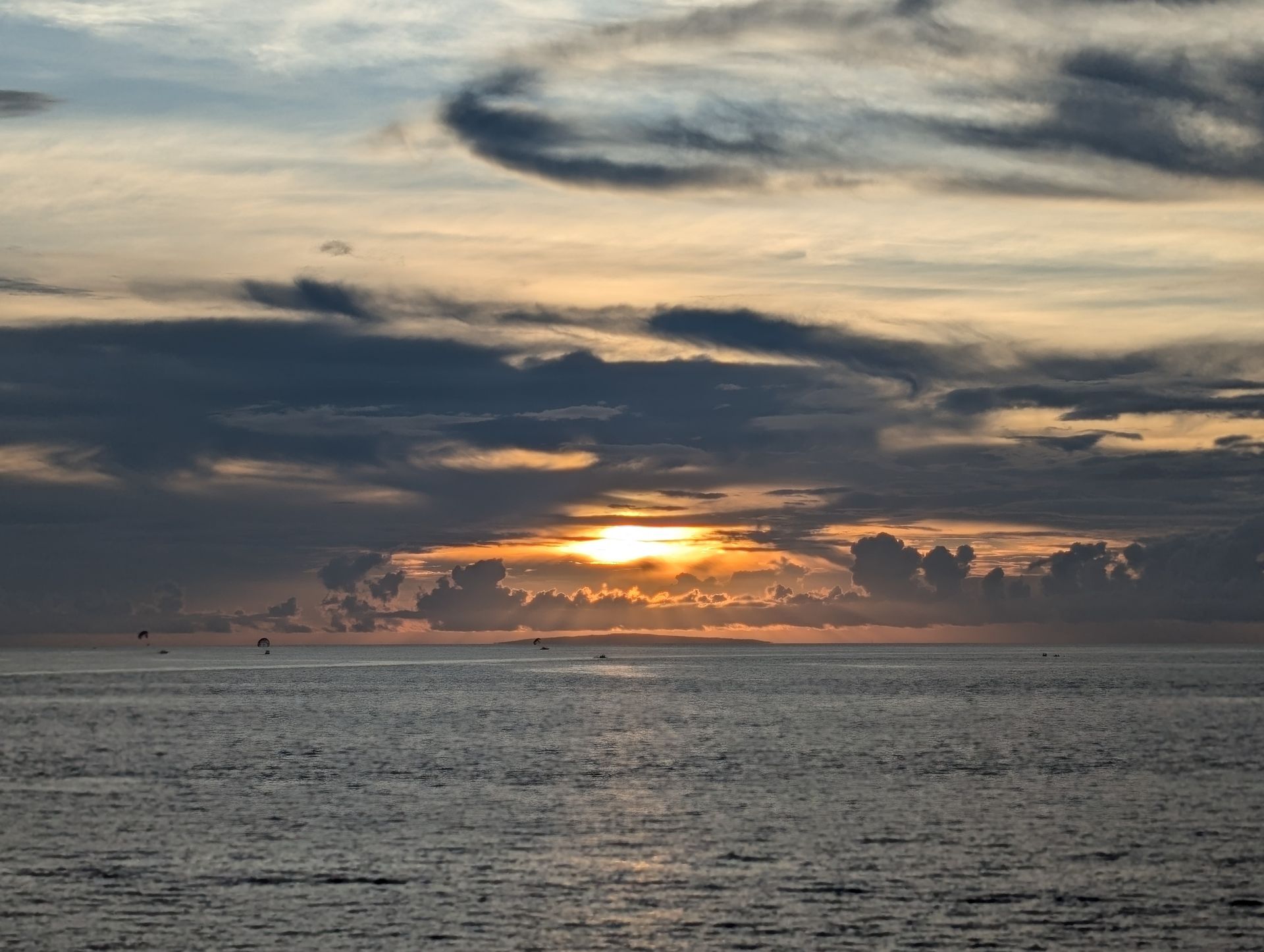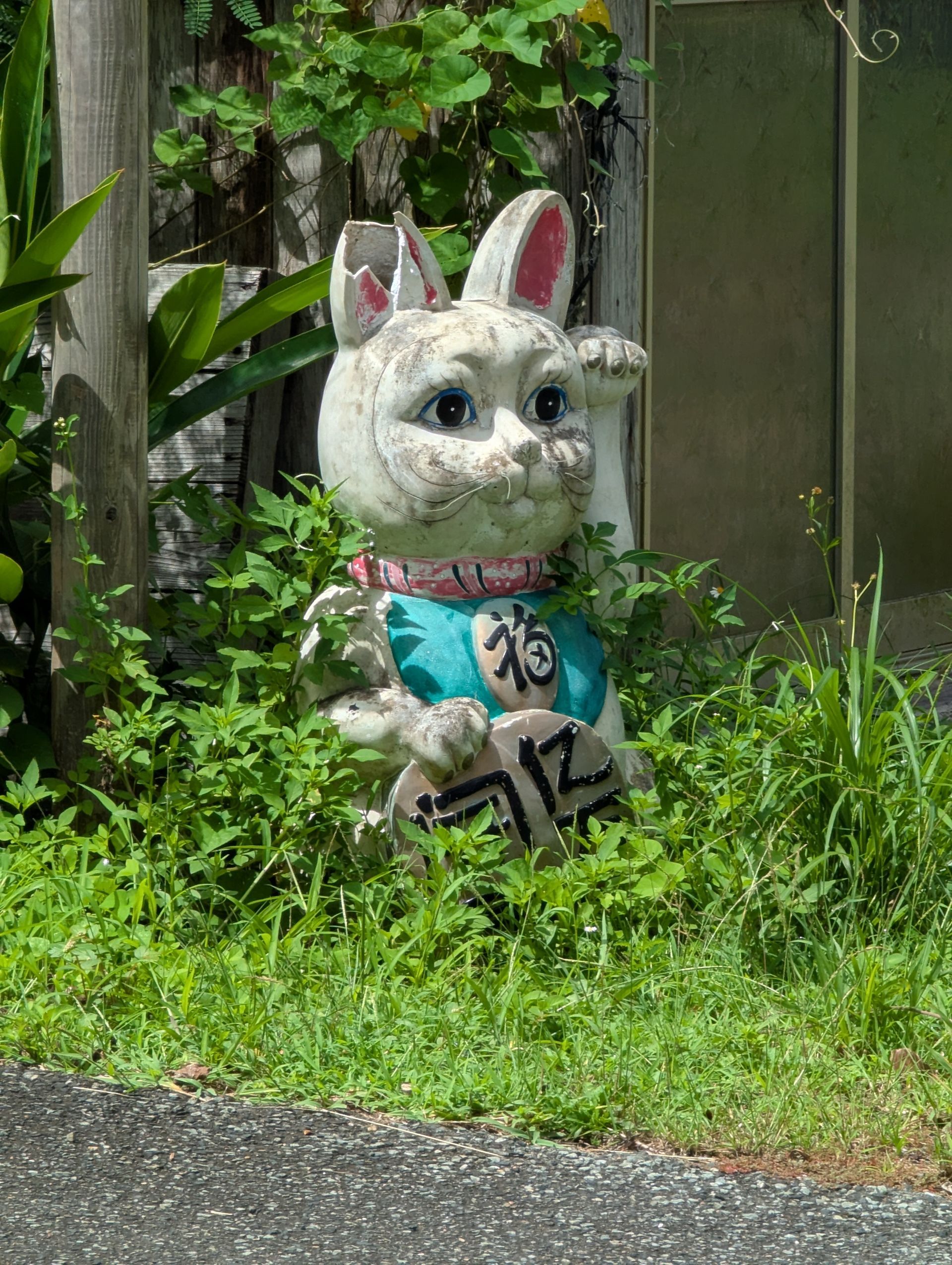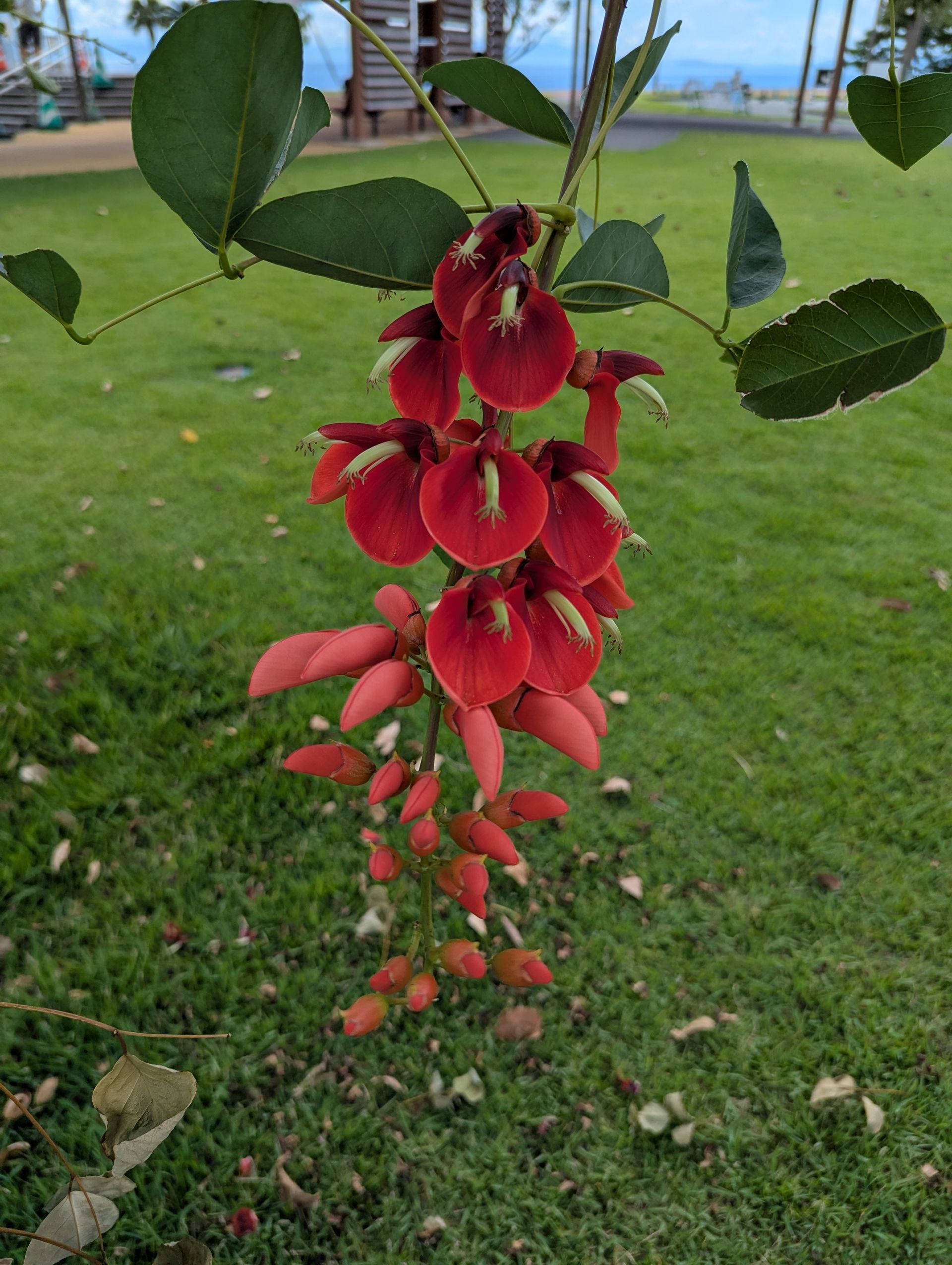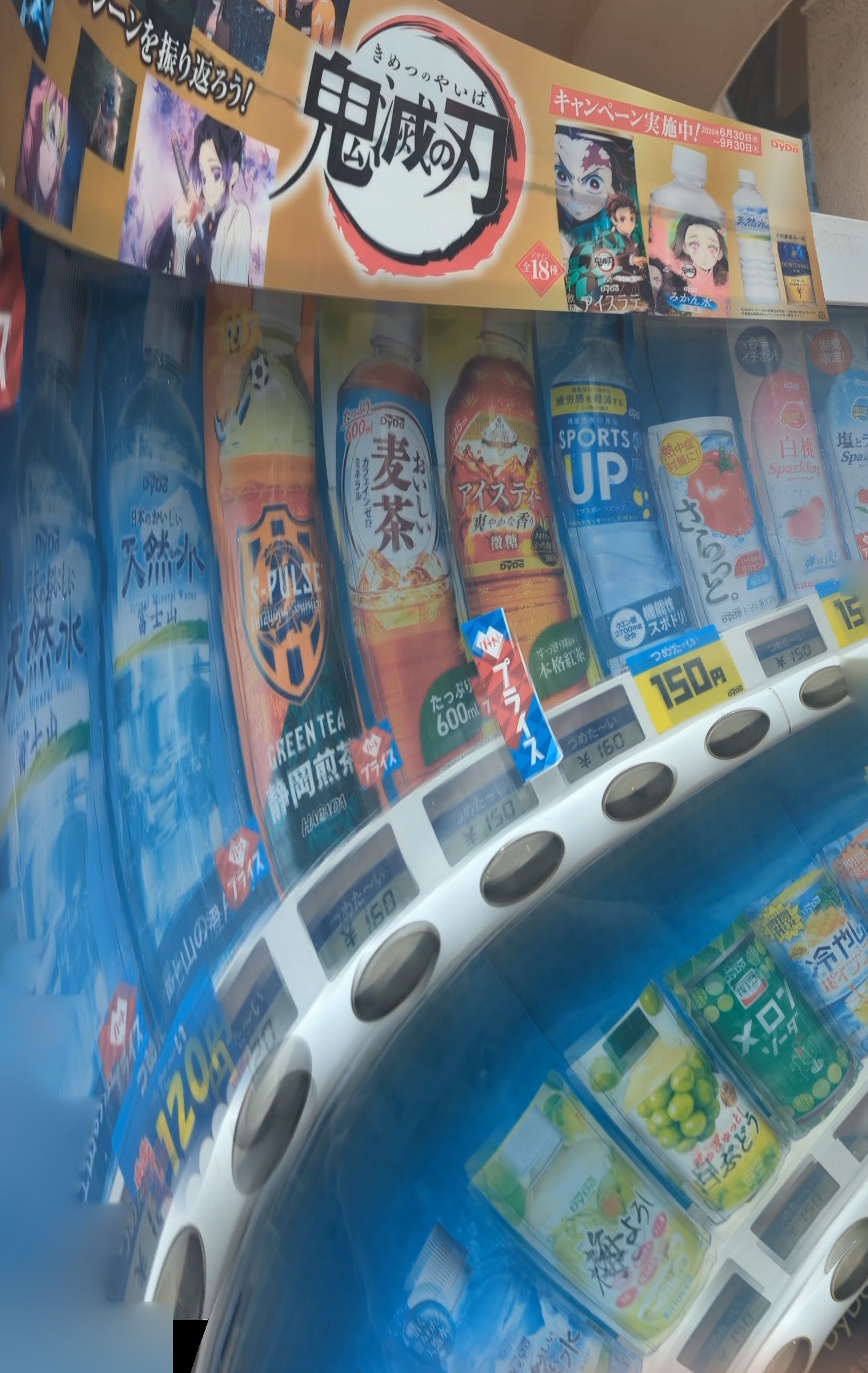Green Airports – An Interview with Grazia Zanin and Max Shauck
In the late 1970s and early1980’s Max Shauck was experimenting with developing airplane engines to fly on ethanol fuel. He was also test flying these planes with engines he had modified for ethanol. He was motivated and inspired by the effects of the Arab oil embargo of the 70’s (gas rationing, lines at stations, etc.) Ethanol could be made regardless of the Arabs. So he started experimenting with it. Max was running a flight school at this time and also doing air pollution research. While testing engines on ethanol he crashed many times but learned ‘the hard way,’ as he says. He made the process better and better over time, did some cross country flights and went further and further. He was flying on ethanol made from waste chocolate at the time and got the nick name “Candy Man”. Ethanol is naturally high in octane, without the lead which provides the high octane in aviation fuels now (they are gas based). This makes ethanol a superior fuel for airplanes, both economically and environmentally. Aviation fuel made from ethanol would be half as expensive as the gas based fuel presently used in airplanes. Making ethanol aviation fuel from waste products would be economical.
In 1989, Max Shauch and co pilot Grazia Zanin made the historic flight from the coast of North America across the Atlantic Ocean to Europe in an experimental plane fueled with only ethanol. They were awarded the Harman trophy for this feat of, carefully calculated and planned, aeronautics bravery. With this flight, they proved that ethanol is a viable, dependable fuel for airplanes. As a result, first agricultural planes were certified by the FAA to use ethanol. Second, the Cessna 152, a common ‘training’ plane was certified. The main obstacle for these newly certified planes was ‘getting the fuel’. They need to operate from one field. Take off and return to the same field, so that they could refuel. Not every airport had the ethanol fuel. This is when Max and Grazia started thinking about a Green Airport. They want to start a small green airport as a model for others. By 2004 they had five 152s converted to ethanol and were looking for a good location for the green airport project. They had two disappointing starts in the Dominican Republic then finally placed three ethanol planes in a major airport there and started training 20 students in those planes. Eventually these project stalled also. Next they looked into possibilities in Puerto Rico. Here, financial resources were not available. But the dream is still alive and they are now looking at small airports in Florida and Texas. They have not given up.
The vision of the Green Airport goes something like this. First, the flight training will be on locally produced ethanol. Second, photovoltaic energy runs the student housing. Third, a theme park for educational purposes. The whole project would be ‘off grid’. Private and commercial pilots could be trained there. Finally, Max and Grazia see ethanol aviation fuel as a transition to an even more economical and environmental fuel, solar powered air planes. This, they say, is the ‘next step’.
CLICK HERE to listen to the interview on Bridges Programming.
